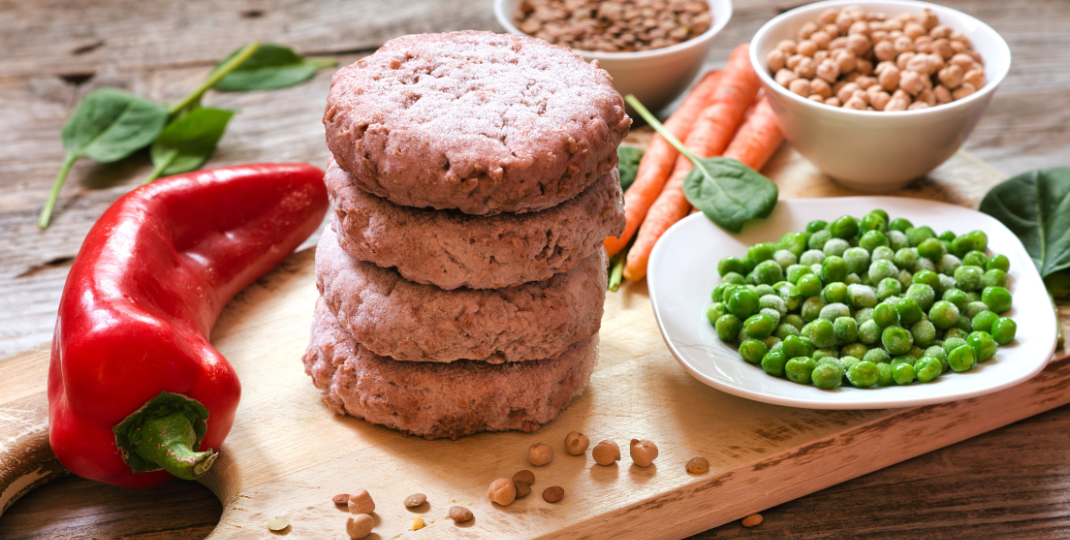Cell membrane isolation is a crucial step in studying the structure and function of cell membranes. By isolating cell membranes from the rest of the cellular components, researchers can analyze the composition, proteins, and lipids present in the membrane. This protocol involves carefully extracting the cell membrane from the cell, purifying it, and verifying its integrity. Various techniques such as differential centrifugation, gradient centrifugation, and membrane filtration are commonly used to isolate cell membranes. The isolated cell membranes can then be used for further biochemical and biophysical studies to understand their role in cell physiology and pathology. In this protocol, we will outline the step-by-step procedure for isolating cell membranes from biological samples.
Determining the Optimal Ratio of Tissue Weight to Buffer Volume for Efficient Cell Membrane Isolation
The optimal ratio of tissue weight to buffer volume for efficient cell membrane isolation is typically around 1:20 to 1:50. This ratio ensures that there is enough buffer solution to adequately disrupt the cells and extract the membranes, while also minimizing dilution of the membrane proteins. A higher ratio may result in insufficient disruption of the cells and low yield of membranes, while a lower ratio may lead to excessive dilution and loss of membrane proteins during the isolation process. Therefore, maintaining the appropriate ratio is crucial for achieving efficient cell membrane isolation and preserving the integrity of the membrane proteins for downstream analysis.

How can we ensure that all membrane proteins are properly solubilized during the isolation process?
Proper solubilization of membrane proteins during the isolation process can be ensured by using a detergent that is compatible with the proteins being extracted. This involves selecting a detergent that effectively disrupts the lipid bilayer while maintaining the native structure and function of the proteins. Additionally, optimizing the protein extraction conditions such as pH, temperature, and buffer composition can help to ensure complete solubilization of membrane proteins. Careful handling of the samples and avoiding excessive agitation or prolonged incubation times can also prevent protein aggregation or denaturation. Finally, using techniques such as ultracentrifugation or filtration can help to remove insoluble debris and further purify the solubilized membrane proteins.
Is there a specific detergent or buffer system that is most effective for isolating cell membranes from a particular type of tissue?
The most effective detergent or buffer system for isolating cell membranes from a particular type of tissue depends on the specific properties of the tissue and the desired outcome of the isolation process. Factors to consider include the lipid composition of the cell membranes, the presence of other proteins or components in the tissue that may interfere with membrane isolation, as well as the stability and integrity of the membranes during the isolation procedure. In some cases, a mild detergent such as Triton X-100 may be sufficient for membrane isolation, while in other cases more harsh detergents or specialized buffer systems may be required. Experimentation and optimization of isolation protocols are often necessary to determine the most effective detergent or buffer system for isolating cell membranes from a specific type of tissue.
How long should cell membranes be incubated in lysis buffer before proceeding with the isolation procedure?
Cell membranes should be incubated in lysis buffer for at least 15-30 minutes before proceeding with the isolation procedure. This allows the lysis buffer to break down the cell membrane and release the cellular contents, making it easier to isolate the desired components such as proteins or nucleic acids. It is important to ensure that the incubation time is sufficient to fully lyse the cells and extract the desired molecules effectively.
Are there any specific precautions that should be taken to prevent contamination during the isolation process?
During the isolation process, it is essential to take specific precautions to prevent contamination. This includes wearing personal protective equipment such as gloves, masks, and gowns, practicing good hand hygiene by washing hands frequently with soap and water, using dedicated equipment and utensils for the isolated individual, and regularly cleaning and disinfecting high-touch surfaces in the isolation area. Additionally, healthcare workers should follow strict protocols for waste disposal and ensure proper ventilation in the isolation room to minimize the risk of airborne transmission of infectious agents. These precautions are crucial in maintaining a safe environment and preventing the spread of contaminants during the isolation process.

What is the best method for quantifying the purity and yield of isolated cell membranes?
One of the best methods for quantifying the purity and yield of isolated cell membranes is through biochemical analysis, such as protein concentration measurement and Western blotting. This involves isolating the cell membranes using established techniques like differential centrifugation, followed by quantification of the membrane-specific proteins using colorimetric assays or gel electrophoresis. Additionally, imaging techniques like electron microscopy can be used to visually assess the purity and integrity of the isolated membranes. By combining these methods, researchers can accurately determine the level of purity and yield of isolated cell membranes, providing valuable information for further experimental studies.
Exploring ways to enhance the homogenization process for improved recovery of intact cell membranes
To optimize the homogenization step for maximizing the recovery of intact cell membranes, several factors can be considered. Firstly, using a gentle homogenization technique such as low-pressure or mechanical disruption can help prevent excessive damage to the cell membranes. Additionally, ensuring proper control of temperature and pressure during the homogenization process can also help maintain the integrity of the membranes. Furthermore, using appropriate buffers and additives, such as protease inhibitors, can help protect the cell membranes from degradation during homogenization. Lastly, optimizing the homogenization time and speed based on the type of cells being processed can also help maximize the recovery of intact cell membranes.
Are there any potential sources of variability in the isolation cell membrane isolation protocol protocol that could affect the reproducibility of results?
Yes, there are several potential sources of variability in the isolation protocol that could affect the reproducibility of results. These include variations in the quality and purity of starting material, differences in sample handling and processing techniques, inconsistencies in reagent concentrations and preparation, variations in incubation times and temperatures, as well as differences in equipment calibration and technique among different researchers. All of these factors can contribute to variability in the isolation protocol and ultimately impact the reproducibility of results. It is important for researchers to carefully standardize and document their isolation procedures to minimize these sources of variability and ensure consistent and reliable results.
Optimizing Cell Membrane Isolation Protocol for Enhanced Purity and Efficiency
1. Use a gentle, non-detergent-based method to isolate cell membranes to avoid damaging the lipid bilayer structure.

2. Keep all equipment and solutions used in the isolation process cold to prevent degradation of the membrane proteins.
3. Use a buffer with a pH close to physiological conditions to maintain the stability of the membrane proteins.
4. Centrifuge the cell lysate at low speed to separate the membrane fraction from other cellular components.